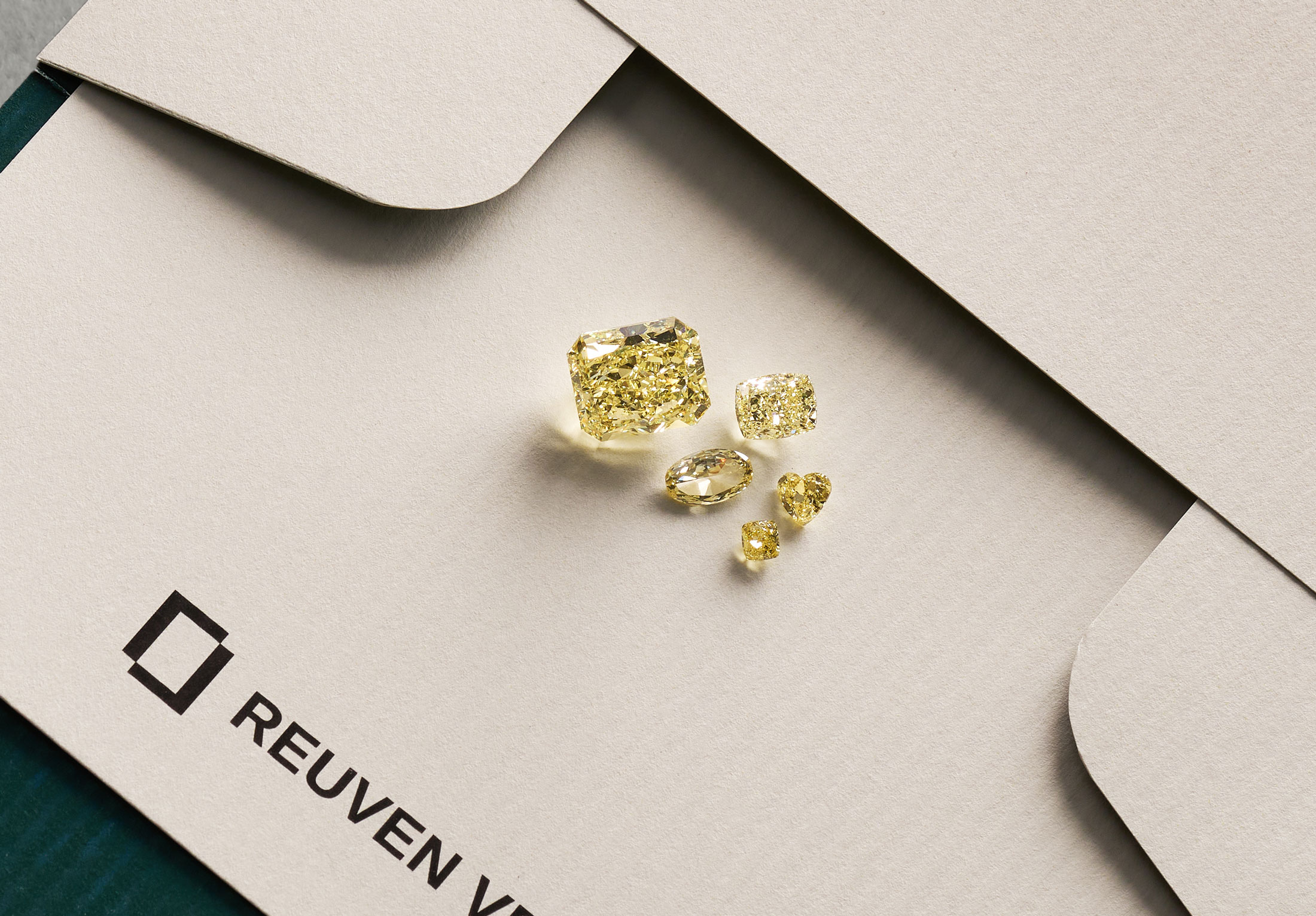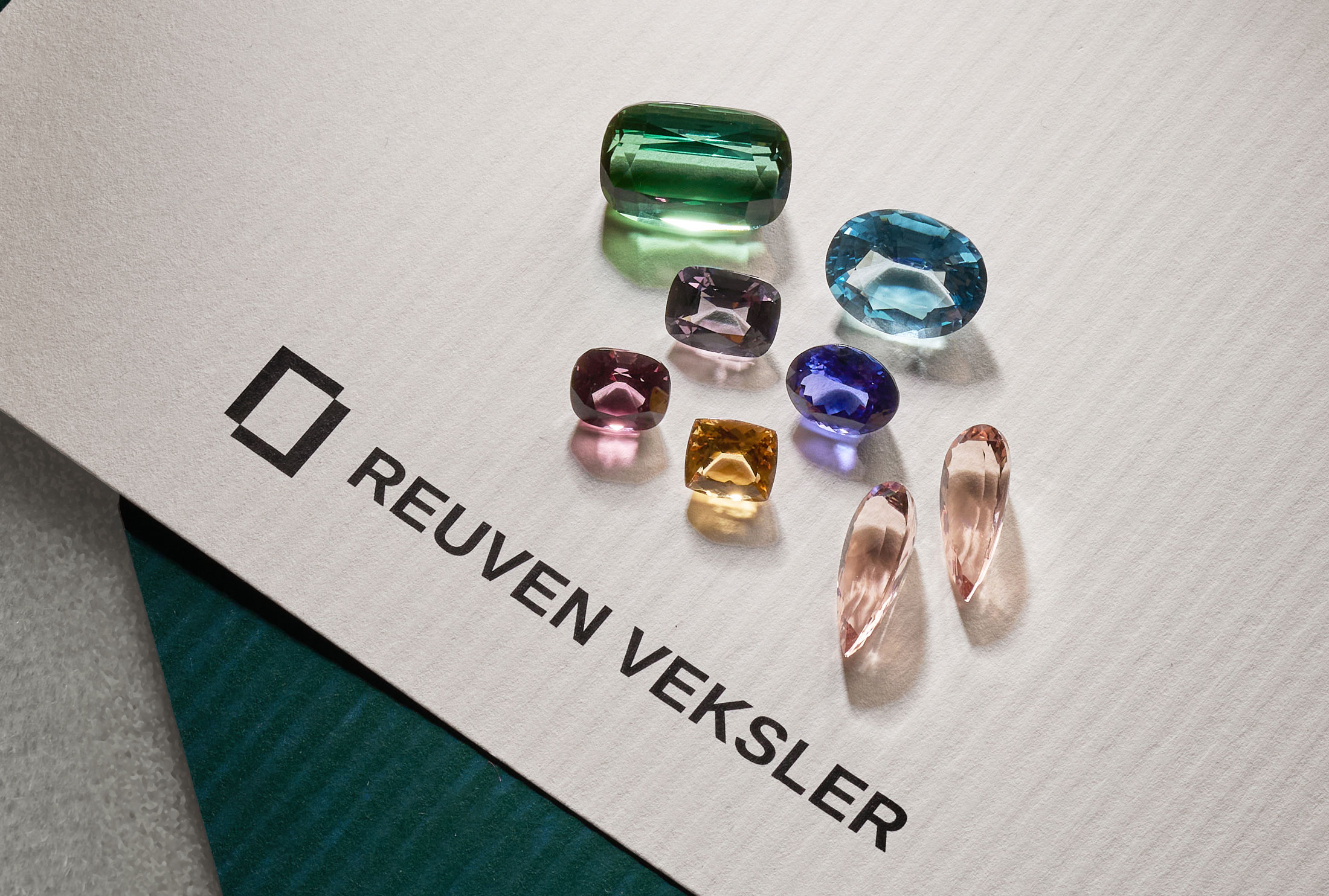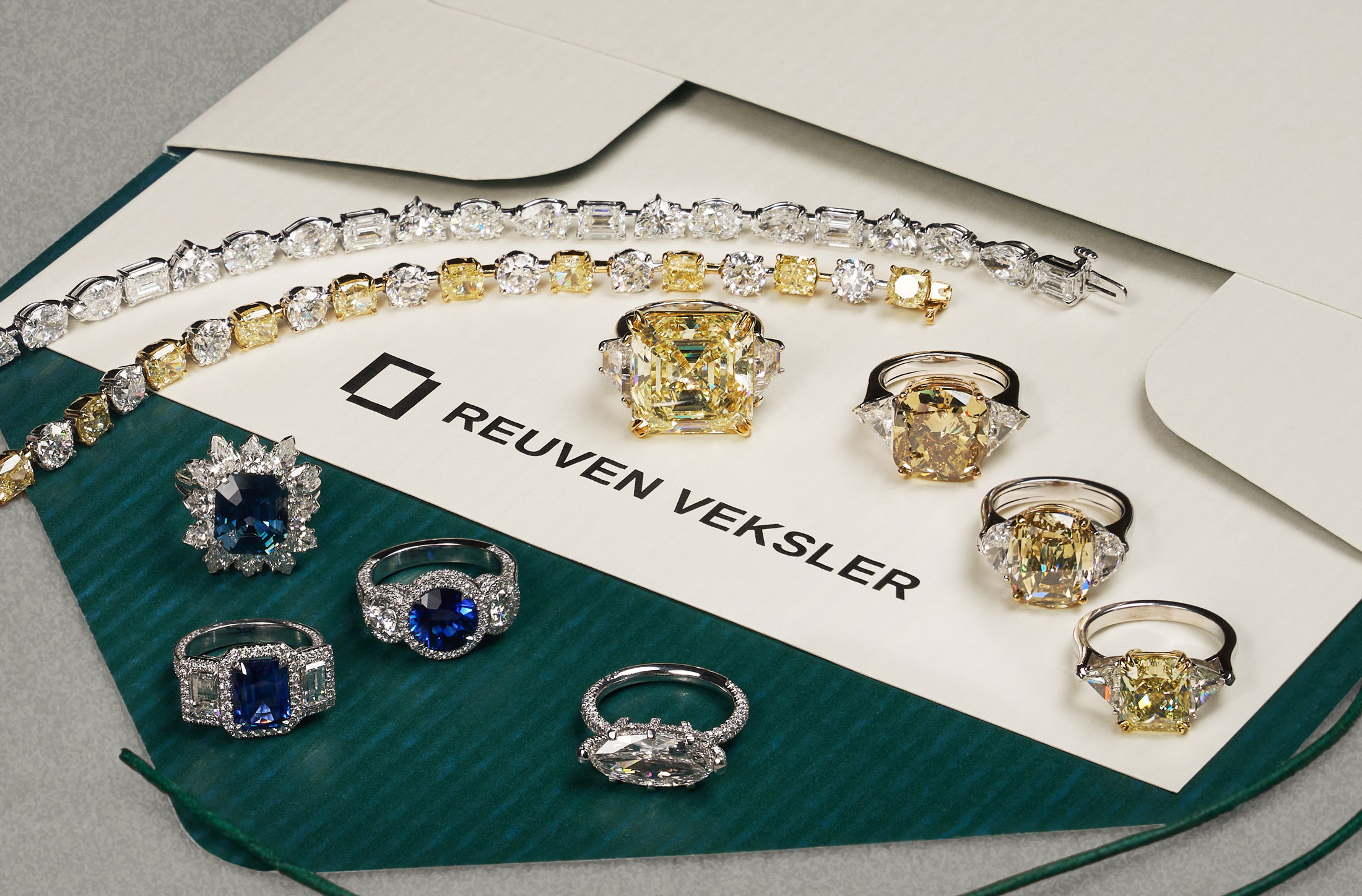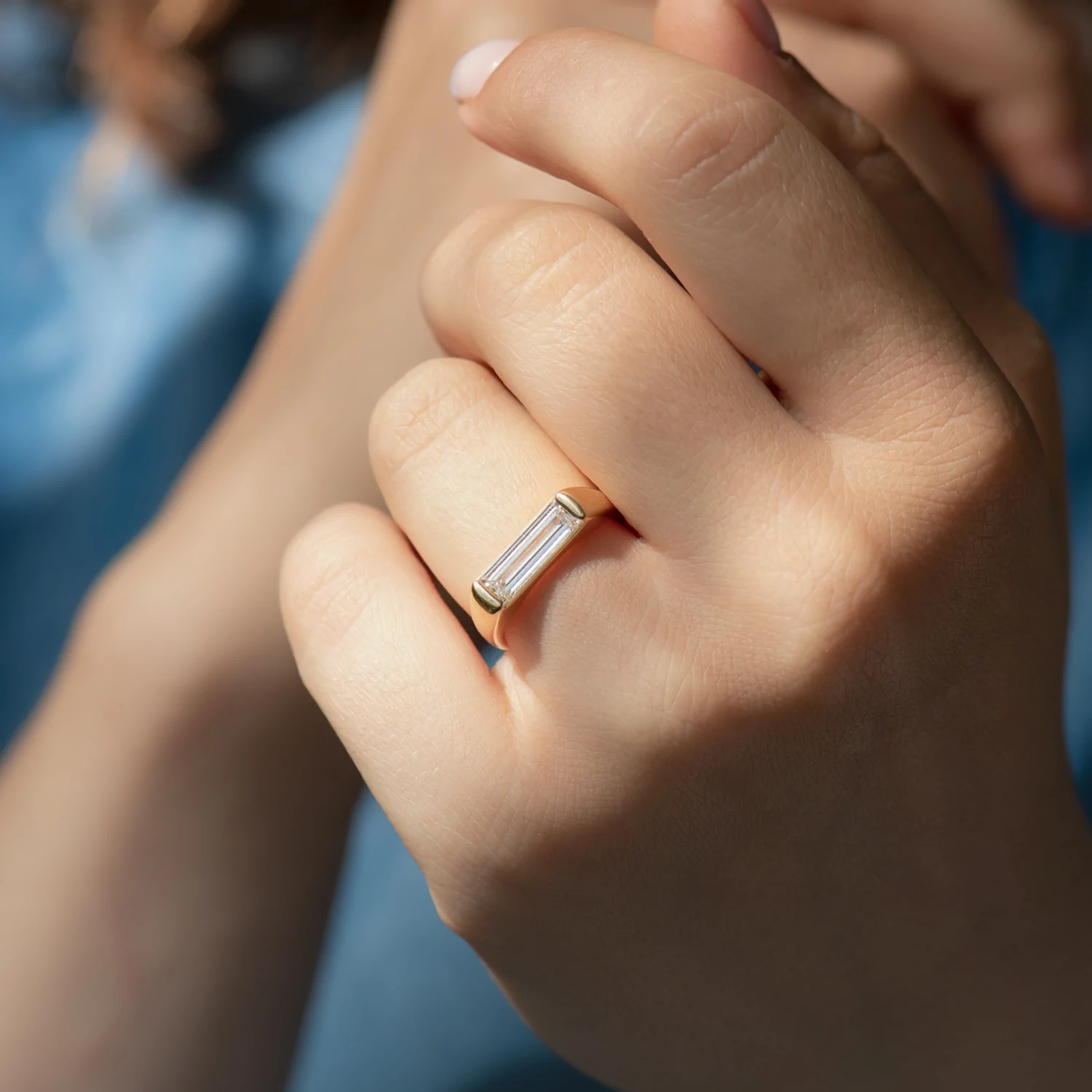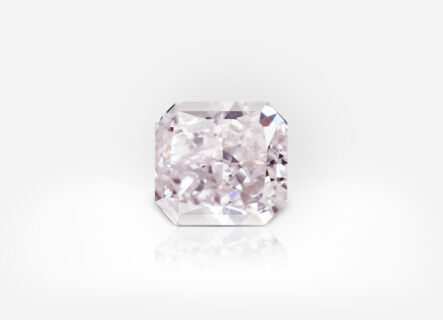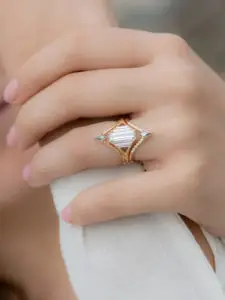
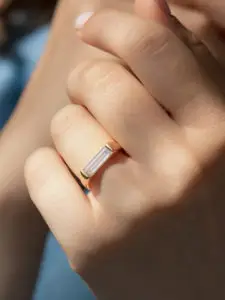
In the 20th century, baguette diamonds made their debut and attracted a lot of attention. They are still in great demand today and are frequently utilized in three-stone settings. Baguette diamonds are typically put in wedding and engagement bands.
What is a baguette diamond?
A baguette diamond is a rectangular stone that is longer in shape. Baguettes are typically long and thin, though they can occasionally have a square shape.
The edges of baguettes can vary. Some have perfectly straight edges, while others have tapering edges that slant inward. Although these are called “straight” or “tapered” baguettes, Step-Cut diamonds have distinguished straight, well-defined facets.
The 14 facets on a baguette are a significant reduction from the typical diamond cut. Since these kinds of stones are typically somewhat tiny, jewelers frequently utilize them as side stones in eternity bands.
Baguette diamonds have far less shine, sparkle, and brightness than the aforementioned round stones since they seem very different from round cut diamonds.
History of the baguette diamond
In the 1920s, baguette diamonds made their debut during the Art Deco style. Since elegant jewelry was quite fashionable at the time, baguette diamonds were a wonderful fit. They accentuated and complemented the focal stones to create a stunning overall appearance.
Baguette diamonds still evoke a sense of nostalgic nostalgia from the Roaring Twenties. But it seems like this cut is always in.
Because of its extended appearance, the French baguette inspired the name of baguette diamonds.
What is the price of baguette diamonds?
Like other diamonds, baguette diamonds are graded using the well-known 4C system. As a result, the cost of them varies according to the degree of particular attributes.
But generally speaking, baguette diamonds are less expensive than other types of diamonds (round or emerald cuts). When you take into account that baguette diamonds often have lesser carat weights, their individual costs are also rather reasonable.
This does not dismiss the existence of impressively large and high-quality baguette diamonds on the market, though. In this instance, they face competition from diamonds with different cuts.
Baguette cut vs Emerald cut

The emerald cut and the baguette cut appear to be comparable at times. But, if you examine them more closely and focus on a few details, you will see how different they are.
Despite the fact that these are both lengthy, rectangular step-cuts, there are a number of important variations between them. To begin with, baguettes contain 14 facets, whereas emerald cuts have between 50 and 58. Second, compared to emerald cuts, baguettes are often longer, thinner, and lack their distinctive corners. Additionally, emerald shapes are popular center stones and can be found in bigger carat weights, whereas baguettes are typically smaller accent stones.
What are the best settings for a baguette diamond?
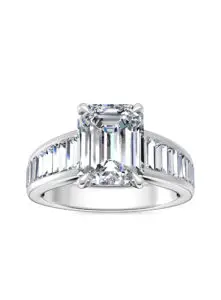
Channel settings also showcase the beauty of baguette diamonds. Little stones are in a band around the main stone in this setting. In a setting like this, baguette diamonds shine brilliantly.
Vintage setting Baguette diamonds also look fantastic in pompous, distinctive, and one-of-a-kind vintage settings. Jewelers utilize them as side stones here as well, but in more unique patterns and combinations. Eternity band setting A row of baguette diamonds on an eternity ring ensures a classy and refined appearance. Furthermore, you can spend less money on this type of ring if baguette diamonds are used instead of superior brilliant cuts. Several tips to find a perfect baguette diamond Here are also some tips to kept in mind while planning to purchase a baguette diamond. Pay attention to color match A good color match between the center stone and the baguette diamonds is crucial, particularly when the stones are all the same hue. Ask to see the entire diamond arrangement before purchasing baguette diamonds to make sure stones match perfectly. Do not forget that clarity is the key Clarity is especially essential when it comes to baguette diamonds since its cut makes flaws quite obvious, even to the naked eye. To make sure there are no obvious flaws, it is therefore preferable to select baguette diamonds with a clarity grade that is one or two classes higher than a typical round diamond. Choose the right setting Baguette diamonds are more likely to chip or sustain other damage because of their form. Your choice of setting can shield the stone from harm and keep it in place so that it doesn’t break or disappear. Subscribe to discover the world of diamonds and gems. If you have any questions, please let us know.
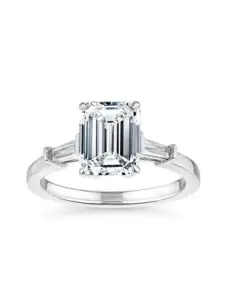
The most common kind of baguette diamond setting is this one. An emerald-cut stone typically has two baguette diamonds set on its sides to increase its brilliance and beauty.
Channel setting

Channel settings also showcase the beauty of baguette diamonds. Little stones are in a band around the main stone in this setting. In a setting like this, baguette diamonds shine brilliantly.
Vintage setting Baguette diamonds also look fantastic in pompous, distinctive, and one-of-a-kind vintage settings. Jewelers utilize them as side stones here as well, but in more unique patterns and combinations. Eternity band setting A row of baguette diamonds on an eternity ring ensures a classy and refined appearance. Furthermore, you can spend less money on this type of ring if baguette diamonds are used instead of superior brilliant cuts. Several tips to find a perfect baguette diamond Here are also some tips to kept in mind while planning to purchase a baguette diamond. Pay attention to color match A good color match between the center stone and the baguette diamonds is crucial, particularly when the stones are all the same hue. Ask to see the entire diamond arrangement before purchasing baguette diamonds to make sure stones match perfectly. Do not forget that clarity is the key Clarity is especially essential when it comes to baguette diamonds since its cut makes flaws quite obvious, even to the naked eye. To make sure there are no obvious flaws, it is therefore preferable to select baguette diamonds with a clarity grade that is one or two classes higher than a typical round diamond. Choose the right setting Baguette diamonds are more likely to chip or sustain other damage because of their form. Your choice of setting can shield the stone from harm and keep it in place so that it doesn’t break or disappear. Subscribe to discover the world of diamonds and gems. If you have any questions, please let us know.
Baguette diamonds are typically used as side stones because of their distinctive form and relatively small sizes. When arranged horizontally, they draw the gaze to the central stone. These stones do, however, have a number of really lovely settings.
Three-stone setting

The most common kind of baguette diamond setting is this one. An emerald-cut stone typically has two baguette diamonds set on its sides to increase its brilliance and beauty.
Channel setting

Channel settings also showcase the beauty of baguette diamonds. Little stones are in a band around the main stone in this setting. In a setting like this, baguette diamonds shine brilliantly.
Vintage setting Baguette diamonds also look fantastic in pompous, distinctive, and one-of-a-kind vintage settings. Jewelers utilize them as side stones here as well, but in more unique patterns and combinations. Eternity band setting A row of baguette diamonds on an eternity ring ensures a classy and refined appearance. Furthermore, you can spend less money on this type of ring if baguette diamonds are used instead of superior brilliant cuts. Several tips to find a perfect baguette diamond Here are also some tips to kept in mind while planning to purchase a baguette diamond. Pay attention to color match A good color match between the center stone and the baguette diamonds is crucial, particularly when the stones are all the same hue. Ask to see the entire diamond arrangement before purchasing baguette diamonds to make sure stones match perfectly. Do not forget that clarity is the key Clarity is especially essential when it comes to baguette diamonds since its cut makes flaws quite obvious, even to the naked eye. To make sure there are no obvious flaws, it is therefore preferable to select baguette diamonds with a clarity grade that is one or two classes higher than a typical round diamond. Choose the right setting Baguette diamonds are more likely to chip or sustain other damage because of their form. Your choice of setting can shield the stone from harm and keep it in place so that it doesn’t break or disappear. Subscribe to discover the world of diamonds and gems. If you have any questions, please let us know.


